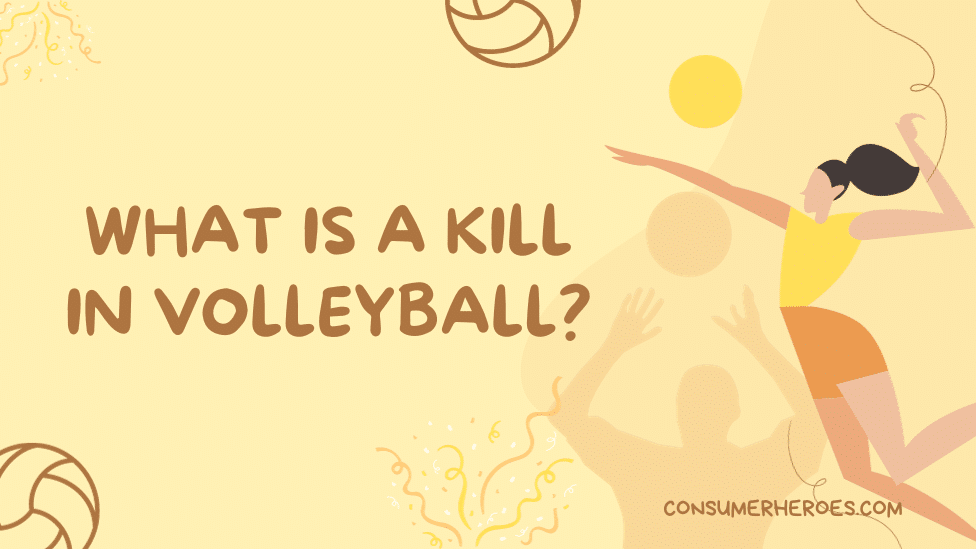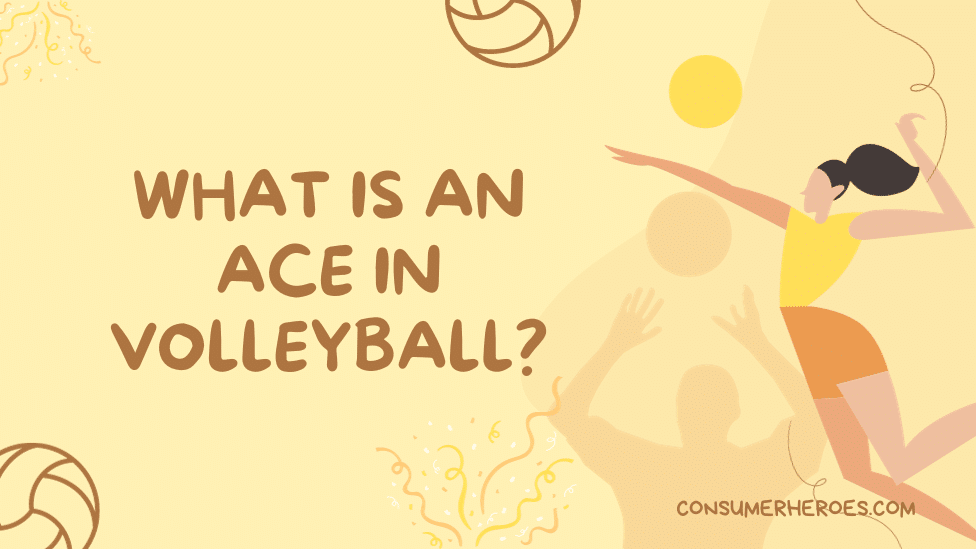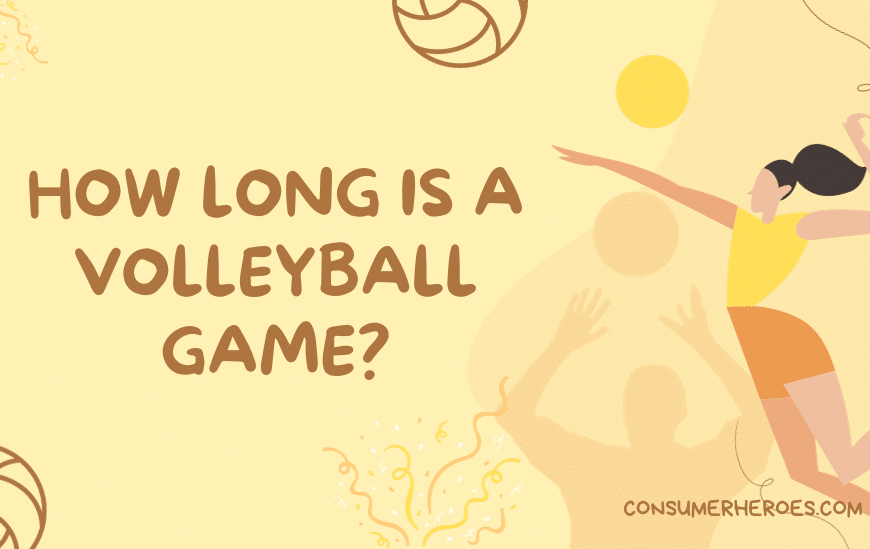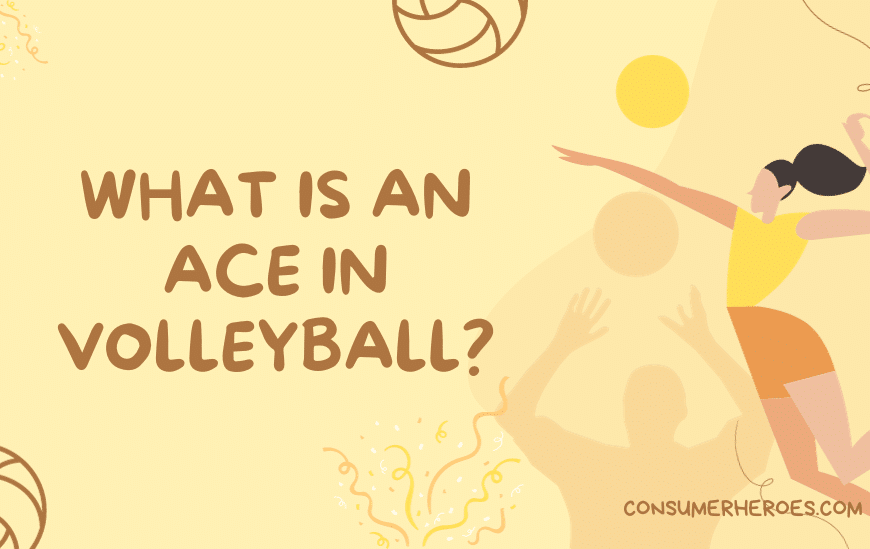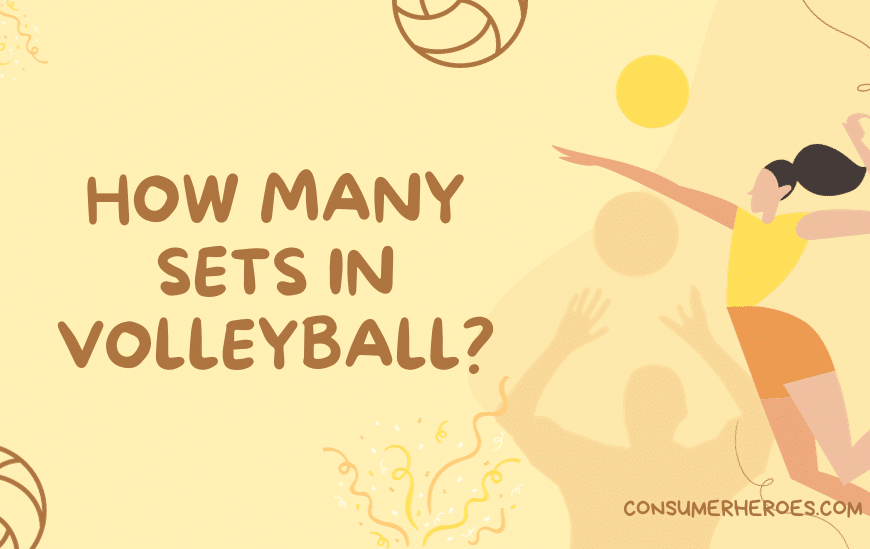A kill in volleyball is a term used to describe a successful offensive play where the ball is hit over the net and lands on the opposing team’s court without being touched by any of their players. This is a crucial element of the game as it is the primary way for a team to score points and ultimately win the match.
To execute a kill, a player must make contact with the ball in a way that generates enough power and accuracy to send it over the net and into the opposing team’s court. This requires skill, timing, and strategy, as the player must be aware of the position of the opposing team’s players and adjust their approach accordingly.
A successful kill can be achieved through a variety of techniques, including spikes, tips, and rolls. Each technique requires a different level of precision and power, and players must be able to adapt to the situation at hand to make the most effective play. Overall, the ability to execute a kill is a critical aspect of volleyball and is essential for any team looking to succeed in the sport.
Definition of a Kill in Volleyball
A “kill” in volleyball is a term used to describe a successful attack that results in an immediate point for the attacking team. It is a crucial component of the game, as it is the primary objective of the attacking team to execute a successful kill to score points.
A kill can be achieved in various ways, including a spike, tip, or roll shot. A spike is a powerful hit that is executed with a full arm swing, while a tip is a softer hit that is used to place the ball in an open area of the court. A roll shot is a hit that is executed with an upward spin, causing the ball to drop quickly over the net.
To be considered a kill, the ball must land in the opponent’s court without being touched by a defender or go out of bounds. If the ball is touched by a defender and then lands out of bounds, it is still considered a kill.
In addition to scoring points, a successful kill can also provide a psychological advantage to the attacking team, as it can demoralize the opposing team and boost the confidence of the attackers.
Overall, a kill is a critical component of volleyball and requires skill, precision, and timing to execute successfully.
Importance of a Kill
A kill is an essential component of volleyball and is considered a significant accomplishment during a game. It is a term used when a player makes an attack that is not returned by the opposing team, resulting in a point. A kill is an aggressive move that requires skill, precision, and timing to execute correctly.
The importance of a kill cannot be overstated in volleyball. It is a crucial aspect of the game that can determine the outcome of a match. A team that can consistently execute kills has a higher chance of winning. The ability to make a kill requires a player to have a good understanding of the game, excellent hand-eye coordination, and the ability to read the opposing team’s defense.
Kills are not just about scoring points; they also have a psychological impact on the opposing team. A successful kill can demoralize the opposing team, making them lose confidence and momentum. It can also boost the morale of the player’s team, leading to an increase in confidence and motivation.
In addition to the psychological impact, kills can also help a team gain control of the game. A team that can consistently make kills can dictate the pace of the game, putting pressure on the opposing team and forcing them to make mistakes. This can lead to a snowball effect, where the team making kills gains momentum, and the opposing team struggles to keep up.
Overall, the importance of a kill in volleyball cannot be overstated. It is a crucial aspect of the game that requires skill, precision, and timing to execute correctly. A team that can consistently make kills has a higher chance of winning and can gain control of the game, both psychologically and strategically.
How to Score a Kill
Scoring a kill in volleyball requires a combination of skill, strategy, and teamwork. Here are a few tips on how to score a kill:
1. Positioning
The first step to scoring a kill is to position yourself correctly. As an attacker, you need to be in the right place at the right time to receive the set from your setter. You should be ready to jump and hit the ball with power and accuracy.
2. Timing
Timing is everything in volleyball. You need to time your jump and hit perfectly to maximize your power and accuracy. You should also time your approach to the ball, so you can hit it at the highest point of your jump.
3. Technique
To score a kill, you need to have good technique. This means using the correct form and hitting the ball with the right amount of force and spin. You should also aim for the right spot on the court, depending on the position of the defenders.
4. Communication
Communication is key in volleyball. You need to communicate with your setter and other teammates to ensure that everyone is on the same page. This will help you to set up the perfect attack and score a kill.
5. Practice
Finally, practice makes perfect. The more you practice your hitting technique, the better you will become at scoring kills. You should also practice your timing and positioning, so you can be ready to hit the ball at any time.
By following these tips, you can improve your chances of scoring a kill and helping your team win the game.
Strategies for Maximizing Kills
To maximize the number of kills in volleyball, players must be strategic and work together as a team. Here are some tips for increasing the number of kills in a game:
1. Placement
One of the keys to maximizing kills is proper placement. Players should aim for open spots on the court and avoid hitting the ball directly at the opposing team’s blockers. If a player can hit the ball to a spot where there are no defenders, they are more likely to score a kill.
2. Communication
Good communication is essential for maximizing kills. Players should call out their intentions before hitting the ball, so their teammates know where to position themselves. Communication also helps players avoid hitting the ball into the net or out of bounds.
3. Timing
Timing is crucial for maximizing kills. Players should watch the ball closely and time their approach to the net so that they can hit the ball at the highest point of their jump. This will give them more power and make it harder for the opposing team to block the ball.
4. Variety
To keep the opposing team guessing, players should vary their hits. They can try hitting the ball hard, soft, or with a spin. They can also try hitting the ball to different spots on the court. By mixing up their hits, players can increase their chances of scoring a kill.
5. Setters
Setters play a critical role in maximizing kills. They must be able to set the ball accurately and quickly, so their teammates have time to hit the ball before the opposing team can block it. Setters should also be aware of their teammates’ strengths and weaknesses, so they can set the ball in a way that maximizes their chances of scoring a kill.
By following these strategies, players can increase their chances of maximizing kills in volleyball.
Common Mistakes and How to Avoid Them
While playing volleyball, there are several common mistakes that players make while attempting to execute a kill. Here are some of the most common mistakes and how to avoid them:
Hitting the Ball Out of Bounds
One of the most common mistakes that players make while attempting to execute a kill is hitting the ball out of bounds. This can happen when the player is trying to hit the ball too hard or when they are not aware of their position on the court.
To avoid hitting the ball out of bounds, players should focus on hitting the ball with the correct technique. They should also be aware of their position on the court and adjust their approach accordingly.
Hitting the Net
Another common mistake that players make while attempting to execute a kill is hitting the net. This can happen when the player is not jumping high enough, or when they are not hitting the ball at the correct angle.
To avoid hitting the net, players should focus on jumping high enough to clear the net. They should also focus on hitting the ball at the correct angle, which will help them clear the net.
Not Following Through
Finally, another common mistake that players make while attempting to execute a kill is not following through. This can happen when the player is not hitting the ball with enough force, or when they are not following through with their swing.
To avoid this mistake, players should focus on hitting the ball with enough force to get it over the net. They should also focus on following through with their swing, which will help them generate more power and accuracy.
By avoiding these common mistakes, players can improve their chances of executing a successful kill and helping their team win the game.
Famous Players Known for Their Kills
Volleyball has seen some of the most talented players in the history of sports. These players have showcased their skills in various tournaments and leagues, leaving a mark on the game. Here are some of the famous players known for their kills in volleyball:
Karch Kiraly
Karch Kiraly is one of the most accomplished players in the history of volleyball. He won three Olympic gold medals and was a member of the US national team for over a decade. Kiraly was known for his powerful spikes and ability to score points from any part of the court. He was also a great leader and captained the US team to two Olympic gold medals.
Gabrielle Reece
Gabrielle Reece is a former professional volleyball player who played for the US national team. She was known for her height and athleticism, which allowed her to dominate the net. Reece was also a great server and had a powerful spike. She won numerous awards during her career, including the AVP Player of the Year award three times.
Regla Torres
Regla Torres is a former Cuban volleyball player who is considered one of the greatest players of all time. She won three Olympic gold medals and was a member of the Cuban national team for over a decade. Torres was known for her height and power, which made her a dominant force at the net. She was also a great blocker and could read the game well.
Kim Yeon-koung
Kim Yeon-koung is a South Korean volleyball player who is currently playing for the Turkish club Eczacibasi VitrA. She is considered one of the best players in the world and has won numerous awards during her career. Kim is known for her powerful spikes and ability to score points from any part of the court. She is also a great server and has a strong defense.
These players have left a lasting impact on the game of volleyball and have inspired many young players to pursue the sport. Their skills and achievements have made them legends in the sport and will be remembered for years to come.
Conclusion
In conclusion, a kill in volleyball is a powerful offensive play that results in a point for the attacking team. It requires precise timing, technique, and coordination among the players. A successful kill can come from a variety of attacks, including spikes, tips, and roll shots.
The role of the hitter is critical in achieving a kill, but it is also important for the setter to deliver an accurate and timely set. The defense must also be prepared to react quickly and make a play on the ball.
In addition, a kill can be influenced by various factors, such as the height and positioning of the blockers, the speed and trajectory of the ball, and the overall strategy of the team. Therefore, a successful kill often requires a combination of skill, strategy, and teamwork.
Overall, a kill is a fundamental aspect of volleyball that can greatly impact the outcome of a game. It is important for players to understand the mechanics and nuances of this play in order to improve their performance and contribute to the success of their team.

